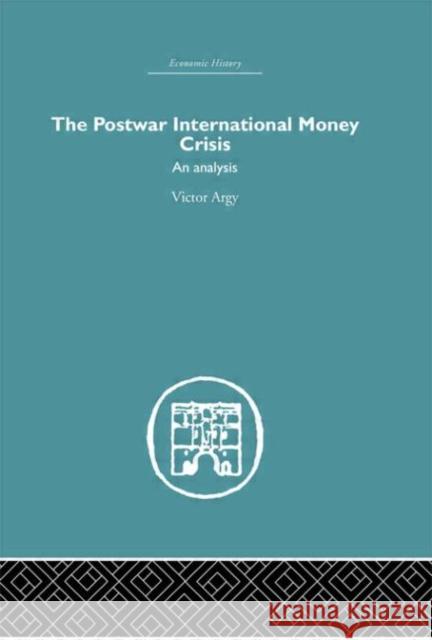The Postwar International Money Crisis : An Analysis » książka
topmenu
The Postwar International Money Crisis : An Analysis
ISBN-13: 9780415379199 / Angielski / Twarda / 2006 / 438 str.
The Postwar International Money Crisis : An Analysis
ISBN-13: 9780415379199 / Angielski / Twarda / 2006 / 438 str.
cena 607,23
(netto: 578,31 VAT: 5%)
Najniższa cena z 30 dni: 603,49
(netto: 578,31 VAT: 5%)
Najniższa cena z 30 dni: 603,49
Termin realizacji zamówienia:
ok. 22 dni roboczych
Dostawa w 2026 r.
ok. 22 dni roboczych
Dostawa w 2026 r.
Darmowa dostawa!
First Published in 2005. Routledge is an imprint of Taylor & Francis, an informa company.











